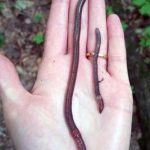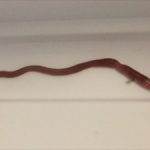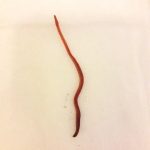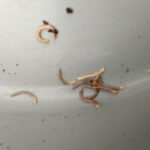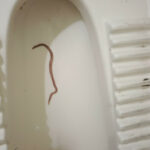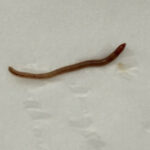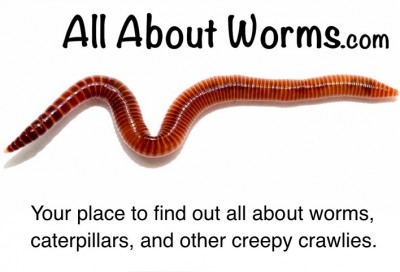
Welcome to the third and potentially final installment of a series of articles we have written on the various earthworms and their differences. If you have not read the first two articles, we covered “the common earthworm“, “the Asian jumping worm“, and more. In this installment, we will be focusing on some particularly fantastic earthworms, mainly those of the giant variety. We use the term ‘giant’ loosely. Our readers need not fear running into a worm the size of those in ‘Dune’, but relative to other earthworms (and worms in general) these guys are nonetheless pretty big.
To begin with, we have one of the most visually fascinating earthworms that we have come across: the ‘big blue earthworm’, and it is exactly what it sounds like. Native to Australia, these stunning creatures are actually quite a rare sight, as they burrow deep into the Earth. The most obvious difference between this earthworm and other species is, well, that it’s blue. Other than that, these guys also get to be quite big, reaching lengths of over a foot. Besides that, they serve the same function as any other earthworm, though it has been noted that their castings (poop) are much finer than some other species, which means that an overabundance of them is not likely to case as much damage to soil systems as the common nightcrawler. Of course, an overabundance of them would be quite hard to spot in the first place, as the big blue earthworm is not a common sight. For that reason, much is still not known about these majestic creatures.
Similarly, and even bigger than the big blue, we have the giant Gippsland earthworm. Also native to Australia (specifically the region of Gippsland), these guys average 3.3 feet in length, but can grow even bigger. According to Dr. Beverley Van Praagh, “who has been studying the Giant Gippsland Earthworm for the past 30 years”, the “giant gippsland earthworm” “has had an audience with a King, featured in festivals,” and, predictably, been the subject of one of Sir David Attenborough’s BBC shows. This worm mostly shows up in the farmlands of its native region. Fortunately, it is not a pest but a welcome benefactor. Like most species of earthworms, its eating and digestive habits boost the fertility of the soil it dwells in. And the relationship is symbiotic. The giant Gippsland earthworm is an endangered species, and so preserving the farmland helps protect and preserve this species as well.
In conclusion, this has been the third segment in our ‘earthworm trilogy’, if you will. Maybe not as epic of a trilogy as Frank Herbert’s ‘Dune’, and the worms might not be as exciting, but that is probably for the better. If you would like us to cover any other earthworm species, feel free to leave suggestions in the comment section below. We hope you have enjoyed these articles, and we wish you the best.
All About Worms is always free, always reader-supported. Your tips via CashApp, Venmo, or Paypal are appreciated! Receipts will come from ISIPP Publishing.



